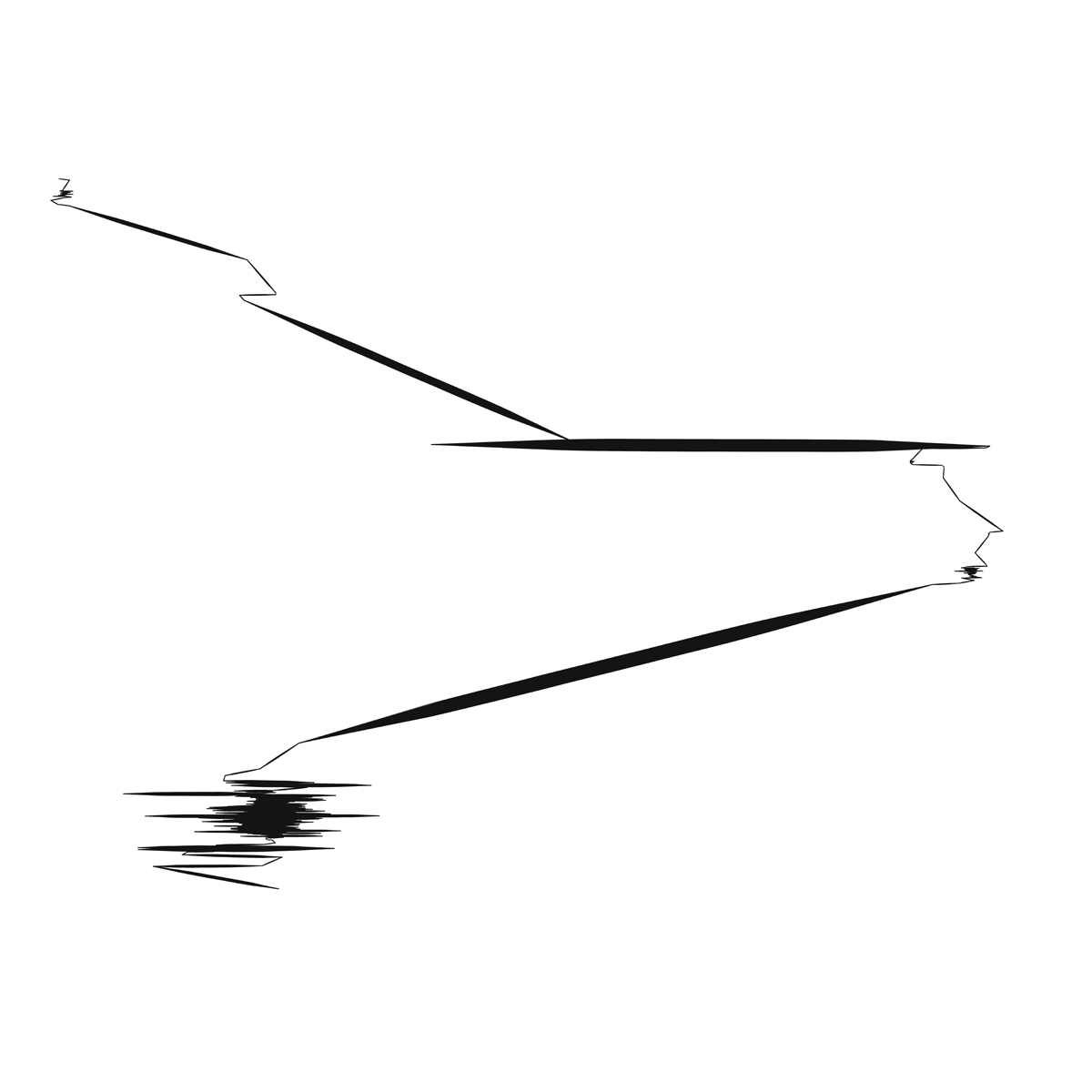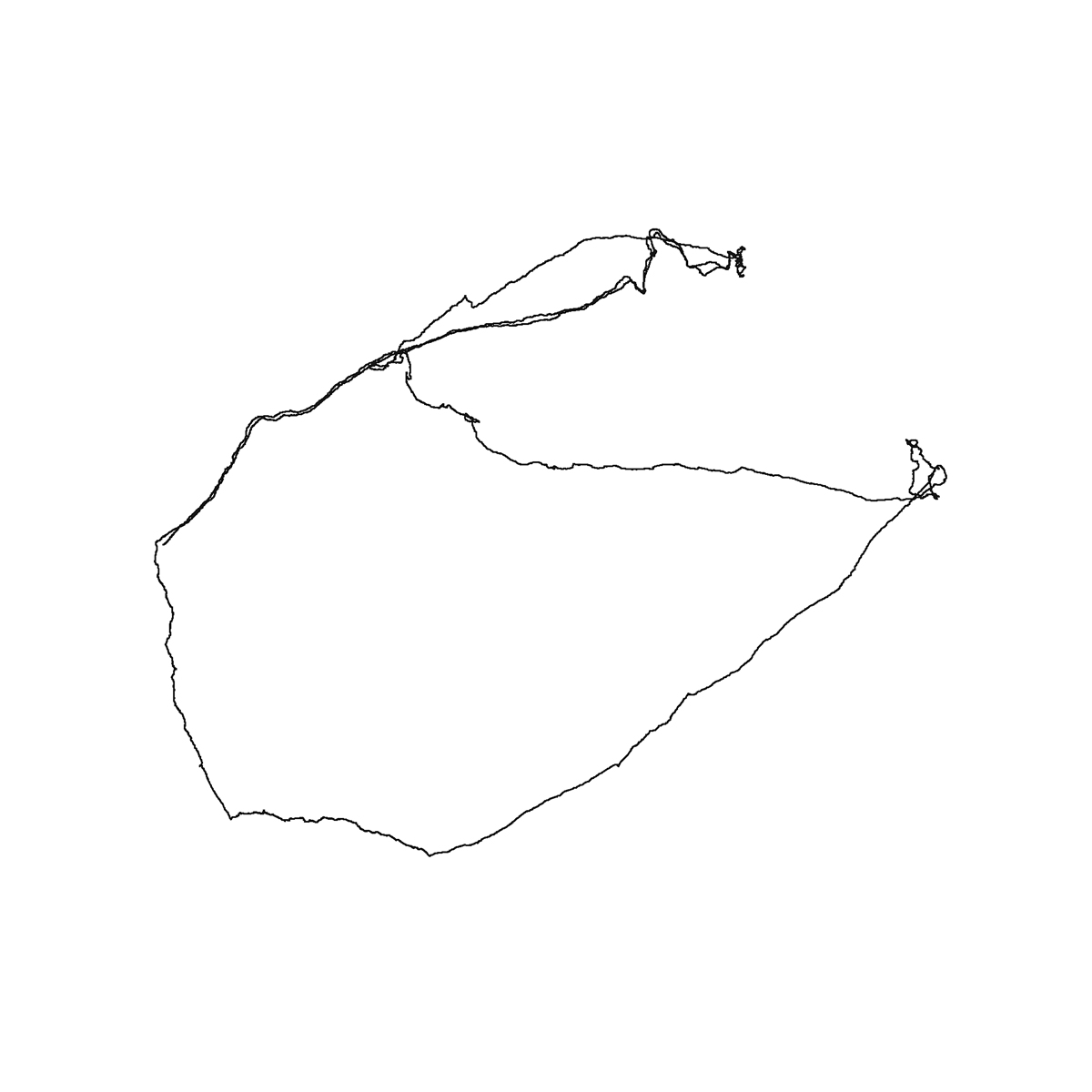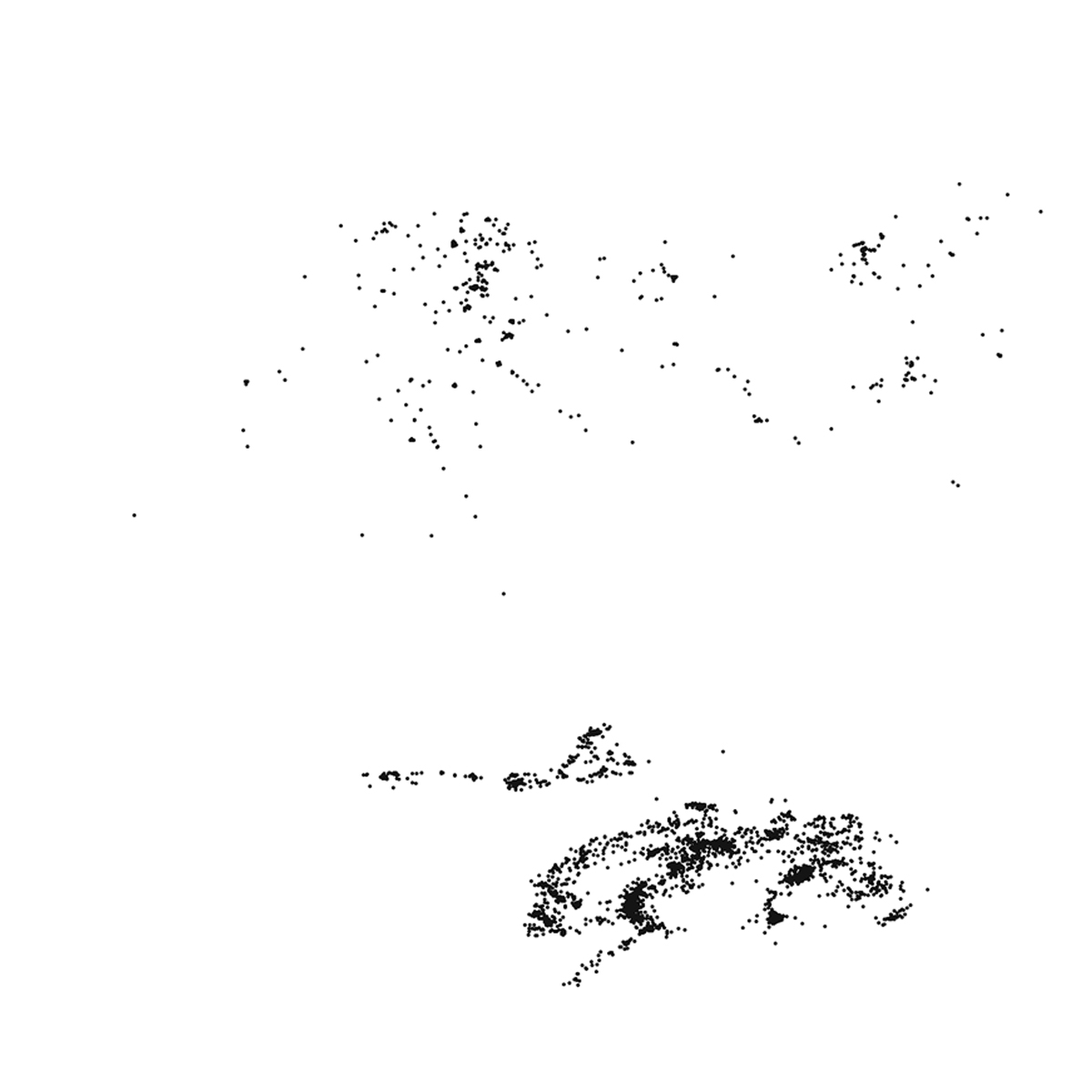data.drawings
palimpsest (working title)
The word palimpsest originates from the Greek palimpsēstos (παλίμψηστος), meaning "scraped again." Historically, the term refers to a manuscript or document that has been written on, erased, and then written over. This left traces of the original text still visible beneath the new. This concept can be extended beyond the literal, offering a powerful metaphor for layered histories, evolving narratives, and the persistence of memory over time.
Palimpsest can be used to describe places, objects, and media that carry the remnants of past iterations, whether in urban landscapes where old foundations shape new structures, in digital media where data is rewritten but never fully erased, or in personal histories where past experiences inform present identities.
This notion of layered transformation resonates with practices that embrace revision, accumulation, and reinterpretation. As a tentative project title, Palimpsest suggests an exploration of these themes: the interplay of past and present, the visibility of process, and the way meaning accumulates over time.





